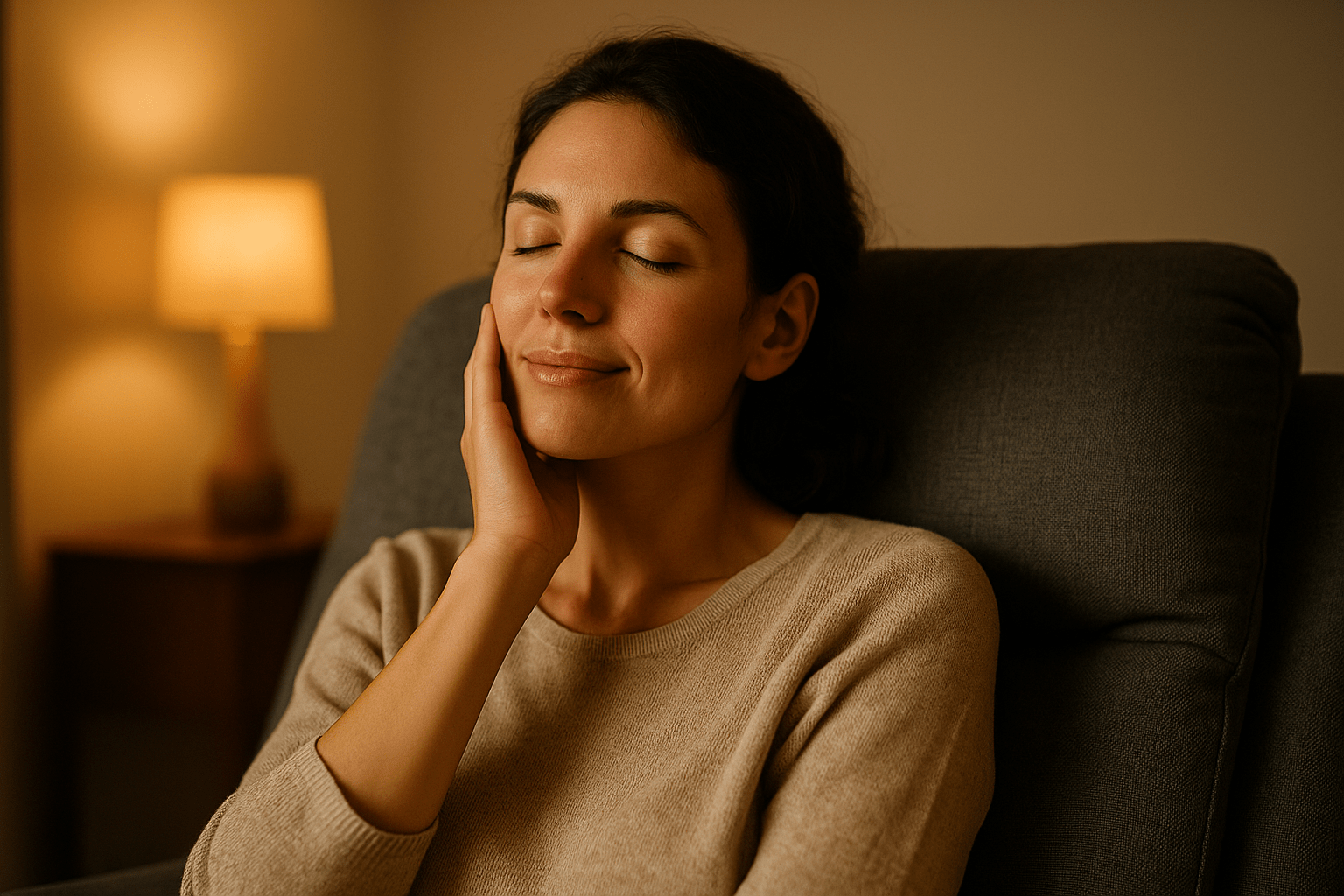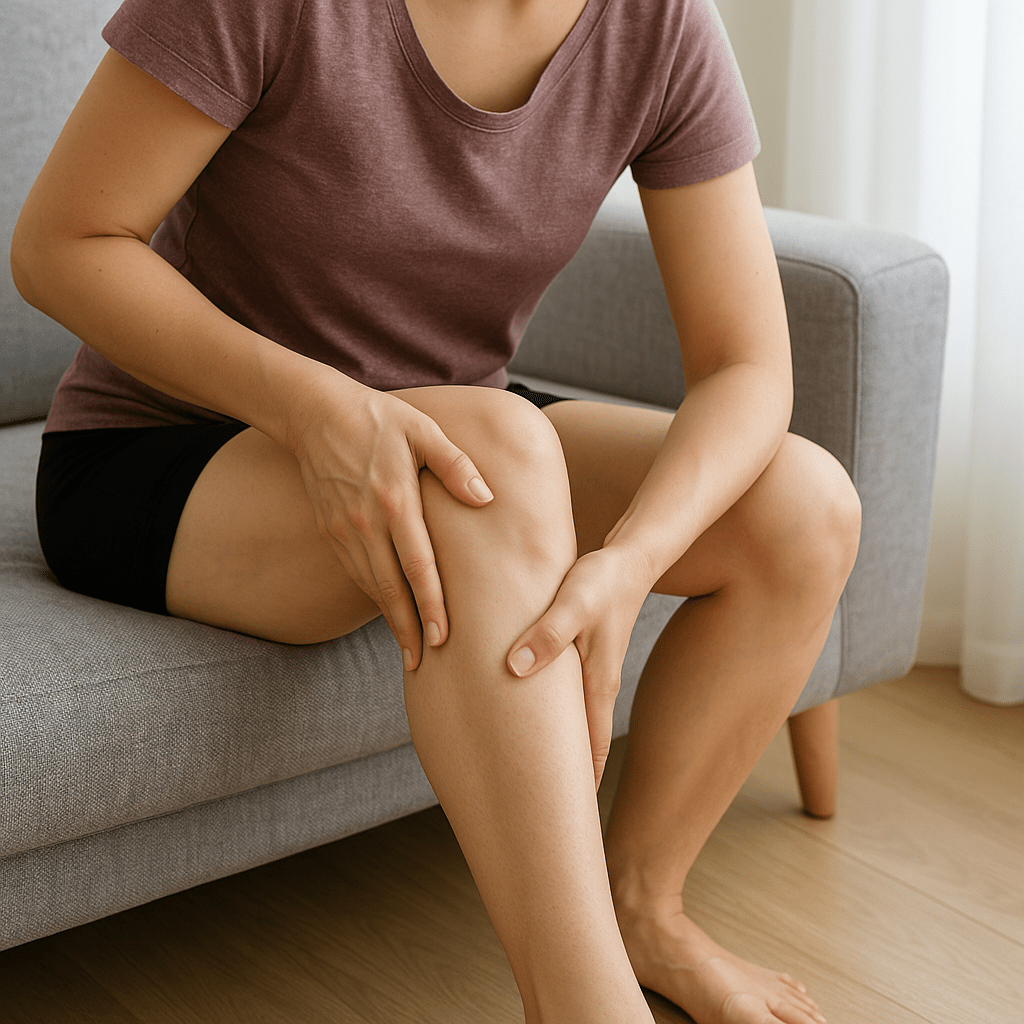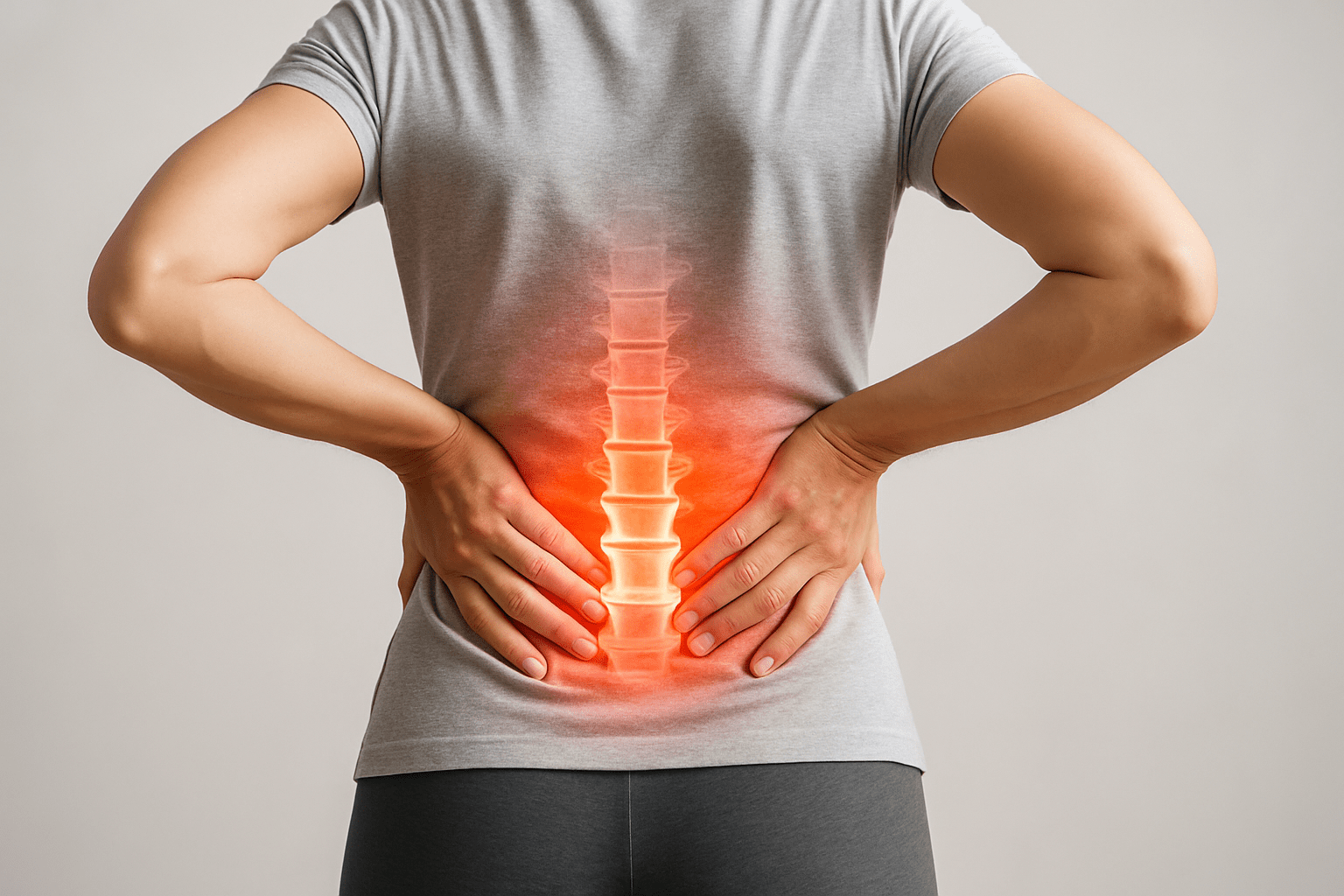Relieving chronic pain: Which methods really help?
Imagine waking up in the morning. The sun is gently shining through your window, the birds are chirping outside and for a moment you have the feeling that everything feels peaceful and perfect. It could be so nice if he wasn't there. Your constant companion: pain. Maybe it wakes you up rudely or has kept you awake all night. This is roughly how it feels when you suffer from chronic pain. Whether in the back, joints, muscles or as diffuse pain with no clear cause - chronic pain affects many people. Around 23 million...


Imagine waking up in the morning. The sun is gently shining through your window, the birds are chirping outside and for a moment you have the feeling that everything feels peaceful and perfect. It could be so nice if he wasn't there. Your constant companion: pain. Maybe it wakes you up rudely or has kept you awake all night. This is roughly how it feels when you suffer from chronic pain.
Whether in the back, in the jointsin the joints, muscles or as diffuse pain with no clear cause - chronic pain affects many people. Around 23 million people in Germany know this burden only too well. Chronic pain is complex and can affect all areas of life. However, there are ways to counteract this pain and improve quality of life. In addition to traditional treatment methods, alternative approaches such as massages are becoming increasingly important.
In this article, you will find out more about the causes and mechanisms of chronic pain, what medical and other treatment methods exist and how massage can be used specifically to treat chronic pain. We also take a look at the benefits of massage chairs as a possible addition to pain therapy.
Important note: This article is for information purposes only and does not replace medical advice. Please always consult a doctor if you have any health complaints in order to receive individual and professional treatment.
What is chronic pain?
Pain is basically a warning signal from the body. Acute pain is caused by injuries or inflammation and usually disappears as soon as the cause has been remedied. Chronic pain on the other hand lasts longer than three months and can take on a life of its own.
This health burden can have an impact on everyday life and is often referred to as chronic pain. This means that the pain persists even after the original cause has subsided.
Types of chronic pain
Chronic pain manifests itself in different ways and affects people in very individual ways. While some suffer from stabbing joint pain, others are plagued by persistent muscle pain or a diffuse sensation of pain without an identifiable cause.
Some sufferers report burning or stabbing pain, while others feel a dull, persistent pressure. Chronic pain can also be accompanied by fatigue, sleep disorders or concentration problems.
This versatility makes a precise classification important. That's why we take a closer look at the different types of chronic pain:
Nociceptive pain
This is caused by tissue damage or inflammation, for example in arthritis or after injuries. The pain is usually easy to localize and is intensified by mechanical stimuli such as pressure or movement.
Reading tipAn example of a condition that is associated with chronic pain is endometriosis. You can find out more about this in our article on endometriosis, what pain it causes and treatment options.
Neuropathic pain:
This form occurs when nerves are damaged or irritated, for example in diabetes, after a slipped disc or due to nerve diseases. It often manifests itself as burning, tingling or shooting pain attacks.
Pain due to altered pain processing:
This is a hypersensitivity of the nervous system, whereby the pain is perceived more intensely even though there is no clear physical cause. Examples include fibromyalgia or central pain syndrome.
Reading tip: More about the chronic pain disorder fibromyalgia in our article.
Causes & symptoms of chronic pain
Chronic pain does not occur for no reason - it is often the result of a complex interplay of various factors. While some people are affected by chronic pain due to injury or inflammation, others develop pain without an identifiable physical cause.
Lack of exercise, stress or other psychological strain can also play a role. To gain a better understanding of chronic pain, it is worth taking a look at its causes and typical symptoms.
Bio-psycho-social pain model
Chronic pain is not just a physical problem. It is influenced by a complex interplay of biological, psychological and social factors. Stress, anxiety and depression can intensify the perception of pain.
In theory, this is referred to as the bio-psycho-social pain model. Due to the interplay of factors, a holistic therapeutic approach is crucial.
The memory of pain
Our brain stores chronic pain. If a pain stimulus is repeated, it can persist in the long term, even if the actual cause is no longer present. This "pain memory" plays a central role in chronic complaints.
Treatment of chronic pain

The treatment of chronic pain requires a broad approach that incorporates various aspects of well-being. Not only the body, but also psychological and social factors play a decisive role. Therefore, there is no universal solution - rather, different therapeutic approaches must be combined to achieve the best individual relief.
The interdisciplinary approach to pain therapy
As chronic pain is complex, its treatment often requires a combination of different methods. In modern pain therapy, a team of specialists from various disciplines work together - including doctors, physiotherapists, psychologists and pain therapists.
Together, they develop individually tailored treatment plans that include both medicinal and non-medicinal methods. One particularly effective concept is multimodal pain therapywhich takes into account physical, psychological and social factors in equal measure.
This form of treatment combines various disciplines to specifically reduce pain in everyday life:
-
MedicationPainkillers or antidepressants can help, but should not be the only long-term solution.
-
Exercise therapyModerate exercise can relieve chronic pain and strengthen the muscles.
-
Psychological supportBehavioral therapies help to improve coping with chronic pain.
-
MassagesAn often underestimated method for natural pain reduction.
Reading tip: You can find out more about pain management in our detailed blog post: Pain management - strategies for a better life.
How do massages help with chronic pain?

Massages are one of the oldest healing methods and have been tried and tested for centuries. You can:
-
Promote blood circulation
-
Increase the release of endorphins (the body's own painkillers)
The type of massage that best helps with chronic pain depends on the individual symptoms. Targeted massage can provide relief, especially for neuropathic pain. Swedish massage, for example, is known for its relaxing effectwhile trigger point massage specifically treats points that trigger pain. Deep tissue massages are particularly effective for chronic tension.
Can a massage chair help with chronic pain?
Chronic pain disorders require a great deal of patience and perseverance from those affected. The search for effective treatment options can involve a great deal of effort - be it in the form of time, energy or financial investment.
In addition to medical treatments and physiotherapeutic measures, many people want additional methods to alleviate their symptoms and make their everyday lives more pleasant.
A massage chair can be a useful addition here. Modern models offer a variety of massage types that have a targeted effect on tense muscles and can help to relieve chronic pain. This makes it easy to integrate regular relaxation into everyday life.
Reading tipWhether a massage chair is worthwhile for you depends on various factors - including your individual complaints and your need for relaxation. In our article Is a massage chair worth it? you can find out more about the benefits and possible areas of application.
A new look at chronic pain: possibilities for a better quality of life
Chronic pain accompanies an incredible number of people through their everyday lives and challenges not only the body, but also mental resilience. It cannot be managed with a single method, but requires a combination of different approaches. Exercise, therapeutic measures and targeted relaxation can help to alleviate pain and improve quality of life.
Massages play a special role here: they relieve tension, promote blood circulation and have a positive effect on the sensation of pain. A massage chair allows you to enjoy this beneficial effect at home at any time.
It should be seen as part of a comprehensive approach that is tailored to individual needs. Ultimately, the aim is to find a way to help prevent pain from becoming the determining factor in life and to create more space for well-being and freedom of movement.
Cover image: Anthony Tran, other images: Devonyu, Relif, Fiona Gan

Co-founder and Managing Director of Massage Chair World. With his expert knowledge and industry expertise, he helps private individuals and companies to find the right massage chairs for relaxation, health and vitality. The individual expert advice is provided both by telephone or video chat, as well as in the exhibition outside Stuttgart.




